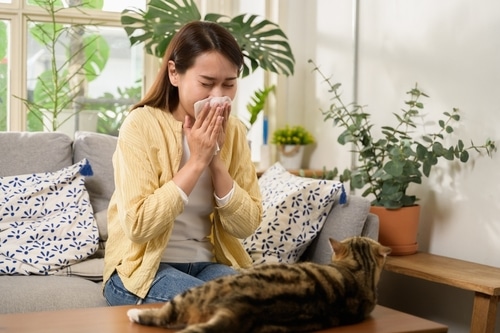Australia has many types of allergens, and pollen is one of the main things that can set off allergic rhinitis and asthma symptoms here. The Australasian Society of Clinical Immunology and Allergy (ASCIA) gives up-to-date pollen information to help people understand sources of allergy and the way pollen spreads in some seasons. These small grains from plants can cause trouble for millions of people around the country.
Understanding Allergies in Australia
Allergies happen when the immune system sees something normal as a threat. For most Australians, pollen is the reason for many allergies. When pollen gets in the body, it can make you sneeze, give you watery eyes, or cause asthma. In cities like Brisbane and Darwin, there is high pollen in the air for much of the year.
The Australasian Society says that problems like allergic rhinitis and asthma from pollen are not just a problem in one season. Some places can have these allergies for many months. This depends on the air quality and other things in their area. To feel better, people need to know what their allergy triggers are. They also need to take steps that fit their needs.
Common allergens throughout the year
Pollen levels are highest during spring and summer. Cities like Melbourne and Hobart have very high pollen counts in October and November. In Brisbane, high pollen is a problem almost all year.
Air quality is also a big part of how these allergens move around. Dust mites and mold often join with outdoor allergens and make things worse for many people when they are indoors. Thunderstorms bring more problems because they lift up pollen into the air.
Recommendations for allergy-proofing your home
Simple steps can help you turn your home into a place with less allergy problems, even during high pollen times. Try things like using air purifiers with HEPA filters. Wash all bedding often to help get rid of allergens.
| Recommendation | Action |
|---|---|
| Close windows during pollen season | Use air conditioning to move the air around in your home when all the windows are shut. |
| Eliminate allergen hotspots | Wipe dust from all surfaces each week, with extra care in bedrooms. Keep air inside less damp by using a dehumidifier, trying to keep it under 50%. |
| Avoid outdoor allergen carry-in | Keep things you use outside, like shoes and coats, out of living spaces. Shower right away after you come back in from outside. |
These simple tips can help you lower allergens at home and give you relief for a long time. If you mix these small changes in your living space with what your doctor tells you, you have the best chance to keep away allergy symptoms, even when there is high pollen in the air.
